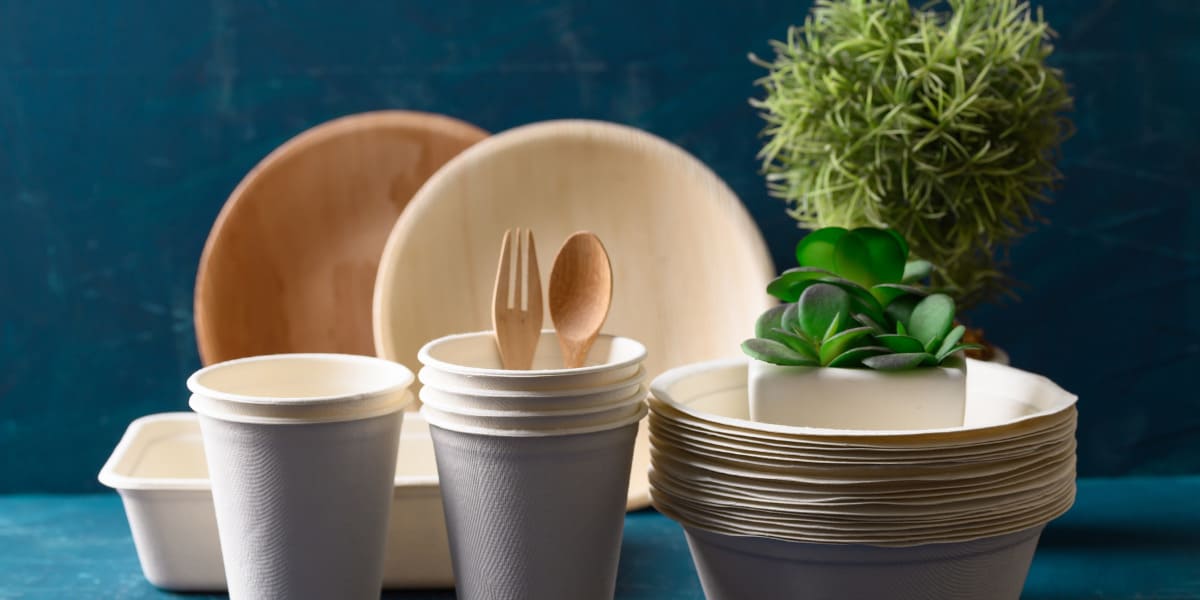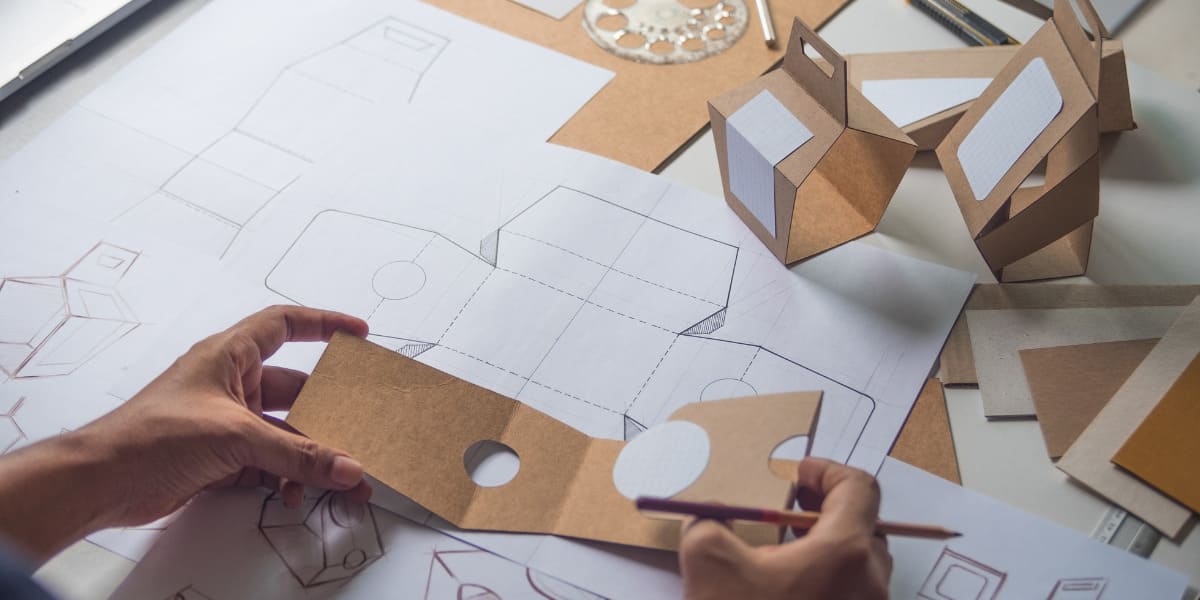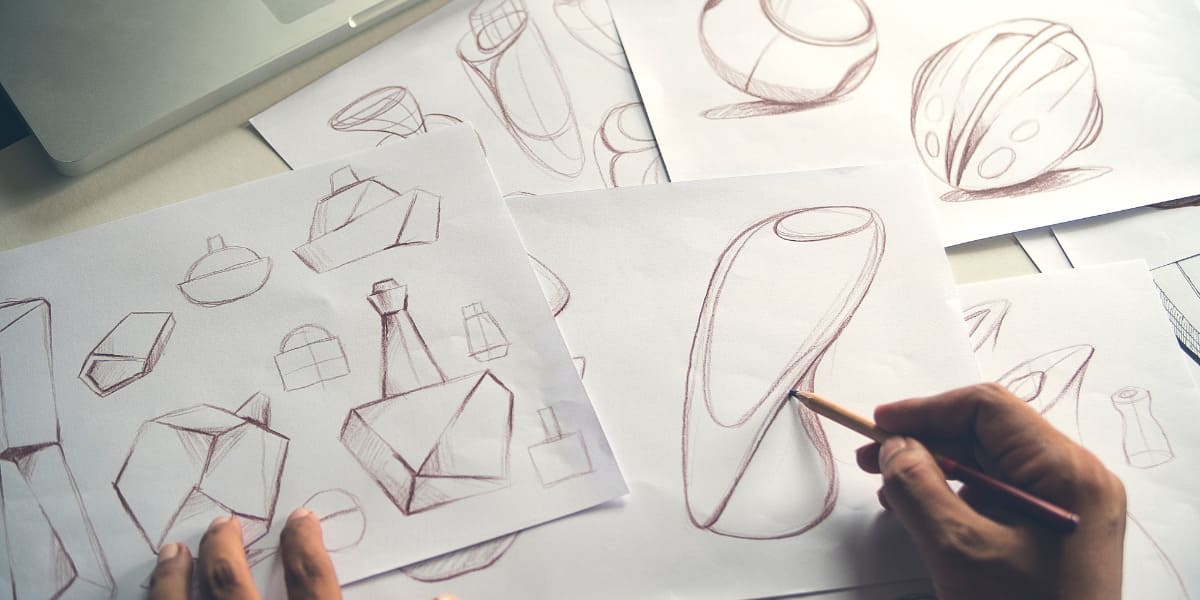
Packaging design
Package design is the process of developing the exterior of a product’s package in order to preserve the goods while also making them stand out on the shelf. By capturing the attention of potential buyers and conveying the unique aspects of the product, effective packaging design can assist to establish brand recognition and enhance sales. This article will go over the elements of effective packaging design, such as visual appeal, functionality, and messaging.
The Importance of Packaging Design
The design of a product’s packaging is essential to its success. It not only protects the product during shipment and storage, but it also functions as an important marketing tool. Effective packaging design may capture potential buyers’ attention, communicate the value of the product, and eventually boost sales. It’s critical to make your product stand out in a crowded marketplace, and smart packaging design can help you do just that.

Key Elements of Packaging Design
When designing product packaging, there are various important factors to consider. The package should, first and foremost, be visually appealing and attention-grabbing. This can be accomplished by using bright colors, fascinating shapes, and unusual textures or materials. Packaging should also be practical, protecting the goods during transportation and storage while also being simple for customers to access and utilize.
Another key aspect of packaging design is messaging. The packaging should express the product’s distinctive characteristics and benefits, as well as the brand’s values and personality. This can be accomplished by using clear and simple language, eye-catching graphics, and well-selected imagery.
The Design Process
Typically, the process of creating packaging begins with study and analysis. This includes researching and understanding the target market’s demands and preferences, as well as examining the competition and discovering chances for the difference. Designers can begin developing concepts and prototypes for packaging design once this research is completed.
Designers will generate sketches and mockups of prospective packaging designs during the concept development stage, experimenting with different forms, colors, and materials. Following the selection of a design, a prototype will be produced for testing and improvement. This may include producing multiple design revisions until the final result is produced.

Packaging Design Trends
Packaging design trends change all the time, owing to shifting consumer preferences, technology improvements, and other considerations. The following are some contemporary package design trends:
Sustainability: With a growing emphasis on environmental issues, sustainable package design has emerged as an important industry trend. This involves using biodegradable materials, reducing waste, and designing packaging that is simple to recycle or reuse.
Minimalism: Rather than the vibrant and colorful packaging designs of the past, many firms are now opting for a more minimalist approach. To achieve a sleek and classy style, use clean lines, basic images, and a limited color palette.

Personalization: Technological advancements have made it easier than ever to create bespoke packaging designs that cater to particular clients. This can involve including their name or other personal data into the design, as well as developing packaging that is personalized to their individual needs or preferences.
Finally, packaging design is an important factor in a product’s success. Effective packaging design can help capture potential buyers’ attention, communicate the value of the product, and ultimately boost sales. Brands can produce packaging that genuinely stands out on the shelf by considering major areas of packaging design such as visual appeal, functionality, and messaging, as well as maintaining current with industry trends.